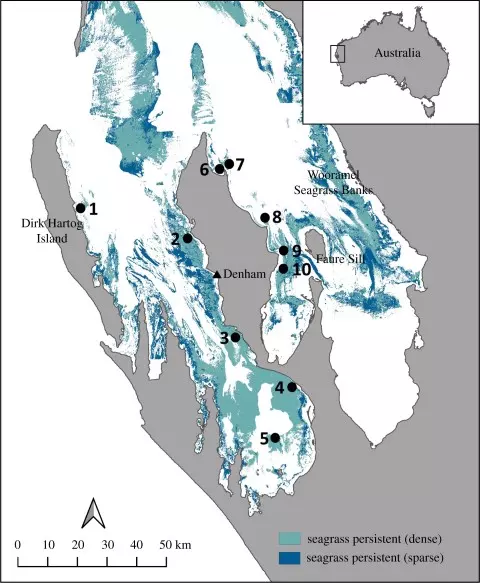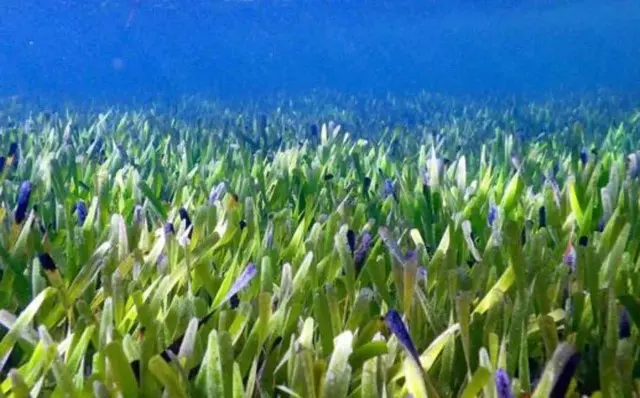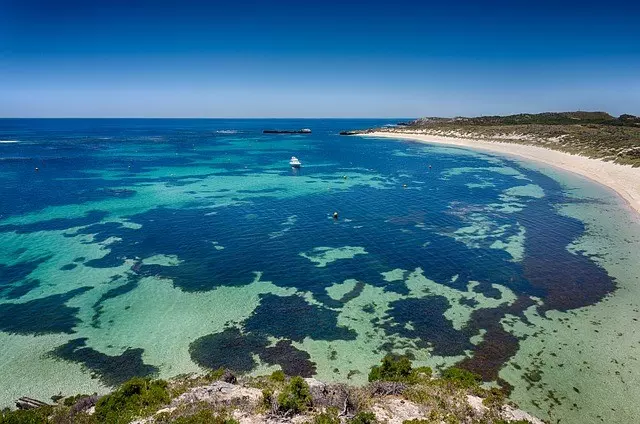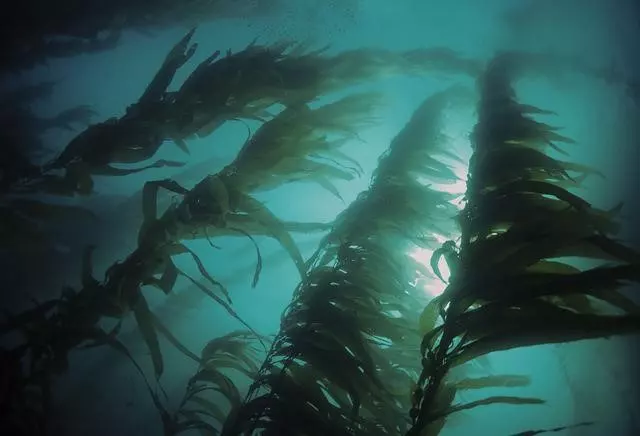Largest Plant Australia. The incredible accidental discovery of the world’s largest plant was discovered off the coast of Australia; with genetic testing, scientists found that a large seagrass meadow off the west coast is actually a single plant. In this article, learn about the World’s largest plant of 200 Km2 in Australia – Australian Posidonia (Posidonia australis).
World’s largest plant of 200 Km2 in Australia – Australian Posidonia (Posidonia australis)
The world’s largest plant of 200 Km2 is the Australian Posidonia (Posidonia australis).
The largest known plant on Earth, an aquatic plant named Australian Posidonia, which is approximately three times the size of Manhattan, was discovered off the coast of Australia. Using genetic tests, scientists found that a large seagrass meadow off the west coast of Australia is actually a single plant.
The plant is believed to have propagated clonally from a single seed for at least 4,500 years. The seagrass covers about 20,000 Ha (200 square kilometers), said researchers from the University of Western Australia.
The finding was made by chance at Shark Bay, roughly 800 kilometers north of Perth. The scientists were studying the genetic diversity of an aquatic plant called Australian Posidonia (Posidonia australis), which is common along with parts of the Australian coast.

Figure source https://doi.org/10.1098/rspb.2022.0538
The researchers collected samples from all over the bay and examined 18,000 genetic markers to create a “fingerprint” of each. Their goal was to discover how many plants made up the seagrass.
When the results were available, researchers figure out that was only one plant! In Shark Bay, only one plant has expanded over 180 kilometers, making it the world’s biggest known plant. The plant is also notable for its resilience, as it grew in locations in the bay with highly variable conditions.


It looks to be extremely hardy, having survived extremes in temperature and salinity, as well as intense light, all of which would be quite stressful for most plants.
Apparently, this aquatic plant called Australian Posidonia (Posidonia australis), commonly known as the “Largest Plant Australia“, only grows about 35 cm per year, which indicates that it has been in the environment for a long time. And it is a very resilient plant.
That measurement allowed the scientists to estimate that it took 4,500 years for the plant to reach its current size. The study was published in the journal Proceedings of the Royal Society B, of the Academy of Sciences of the United Kingdom.


Would you like to continue reading about aquatic plants? I recommend this article about an aquatic plant that you can grow in your backyard. Learn about this floating aquatic plant, Hyacinth, in this article Water Hyacinth Care – Ultimate Guide.
